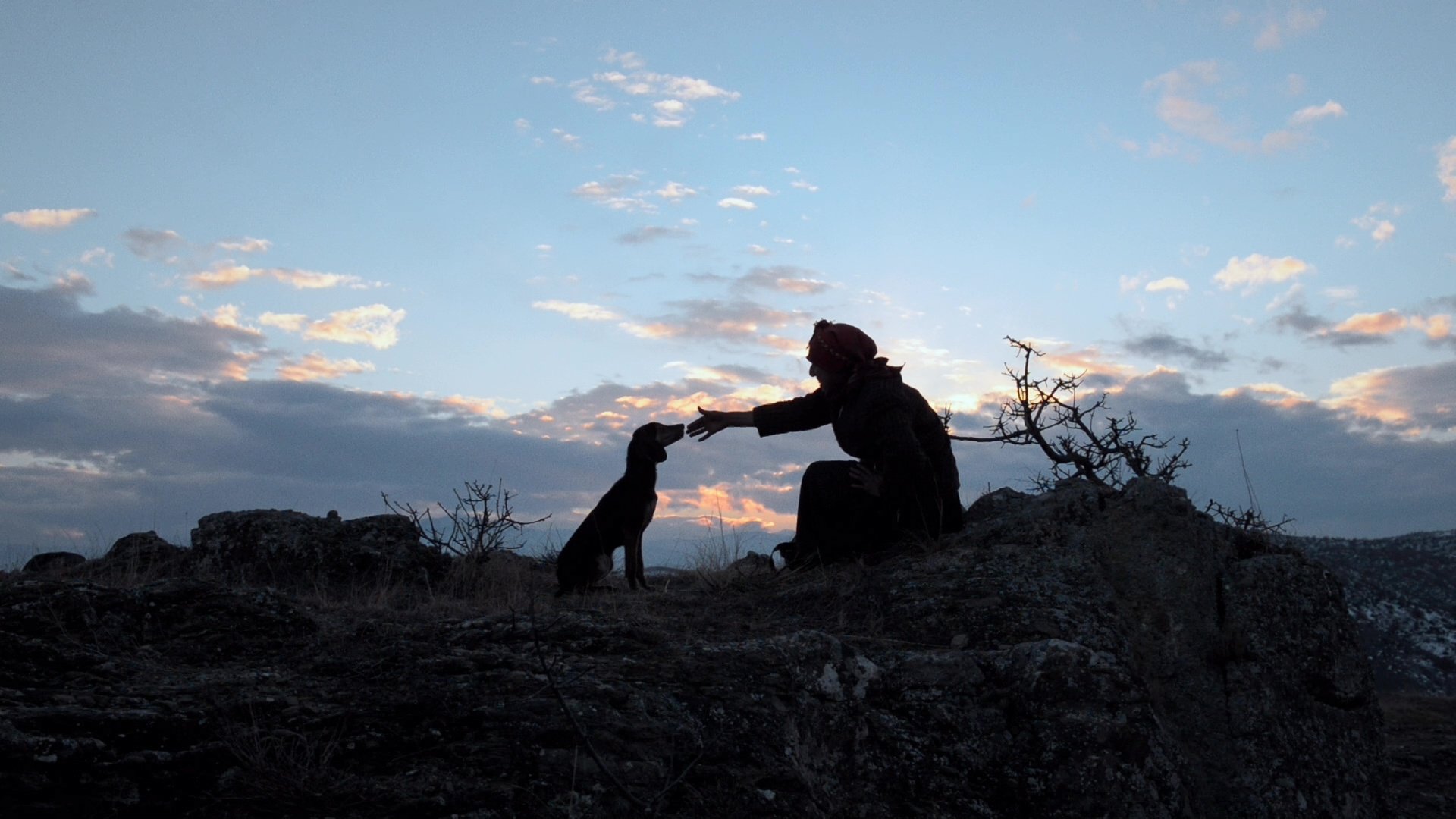Honeyland (2019)
QFS No. 5 - The invitation for May 27, 2020
In keeping with the randomness of the movie selection, it’s time to switch gears and watch a documentary feature film because who’s there to stop us? Though I’ve made a few of them, I’ve never selected a documentary to watch in any of the predecessor film societies before QFS. But Honeyland (2019) I’ve had on my watch list from last year so I figured why not.
I know very little about Honeyland other than the raving reviews I heard from trusted sources. I would’ve known even less but for the first time I permitted a guest selector to join me in choosing this week and I watched the trailer with her. Valarie found this trailer to be the most compelling of the five films I narrowed down for her.
So there you have it – a peek into the rigorous selection process that happens here at QFS Studios and Educational Institution for the Barely Stable. Also – not that this should be a sole reason you watch anything – this film won thirty four (34!) awards last year.
So this week we’ll watch this nonfiction film and apply our rigorous, unflinching, inebriated evaluation of its narrative as we would with any film. Join us if you can!
Reactions and Analyses:
Written in March 2024 - Honeyland (2019) was a perfect selection for our first documentary film selection for the nascent Quarantine Film Society back in 2020. To date, we’ve only selected three nonfiction films, and all three have crossed over from documentary into traditional narrative film in some way. Our most recent documentary selection, last week’s 20 Days in Mariupol (2023), won the Academy Award for Best Documentary Feature Film, just as Honeyland did four years ago. 20 Days in Mariupol is an action-driven film that could easily be a narrative fiction film if it wasn’t crafted as urgent reporting from the frontlines. Flee (2021), was also nominated for a Doc Feature Oscar and though it didn’t win it similarly crossed boundaries as both nonfiction and animated - a feat so rarely pulled off.
Both of those QFS selections are documentary films that are not pure docs in the way that nonfiction films had historically been considered. The deft hand of the filmmaker was evident in crafting the story, and it very much feels like a “movie” rather than a “documentary.”
And while the filmmakers have made themselves virtually invisible in Honeyland, the film too defies the conventions of nonfiction storytelling. The narrative storyline of the film feels deftly crafted as a scripted tale - a woman, using an ancient craft, struggles against nature and time to provide for her family as she attempts to survive the encroachment of a modern society. If you squint just hard enough, you could imagine this film told in black-and-white in the 1960s as a neo-realist classic.
Except that it is “real” and not “realist.” Hatidze Muratova is one of the last keepers of wild bees, selling honey to local markets. Newcomers, an itinerant family, settle next door and while it starts off well - havoc ensues. This setup is a time-honored narrative convention - a person’s sense of normalcy is disrupted, setting off the story and a chain of events that test the protagonist. This is why this film was perfect for a group of filmmakers who mostly in the world of fiction. Not to mention, the cinematography was stunning and evoked a certain movie-like quailty.
I didn’t take detailed notes of our discussions when the QFS first started, but I remember one aspect of our analysis, and that was the role of the filmmaker. Some questioned whether the filmmaker has a duty to intervene or assist the subject if that subject is in danger. In particular, the boy from the family nearly drowns in a river. Were the filmmakers supposed to help? Would that violate a code of ethics? Or is there a greater moral obligation and duty to save the child? The child survives but it brought up questions that you don’t get when you watch a scripted film. There are many skeptics who question how much is real and how much is staged - another dimension of nonfiction filmmaker that does not come up for those of use working in fiction.
When we watched the film, the world was a strange place. Everything was shut down. We though we had to scrub our groceries and local officials shut down walkways and public spaces even though they were outside and could offer respite from our homes. Social order and democracy itself seemed to be crumbling all around us. So perhaps it was some comfort to watch a film taking place in the glowing sun of Macedonia and to hear a woman say to her bees “half for you, half for me.” If only to transport us elsewhere, which is what the best films - fiction or nonfiction - can do.



